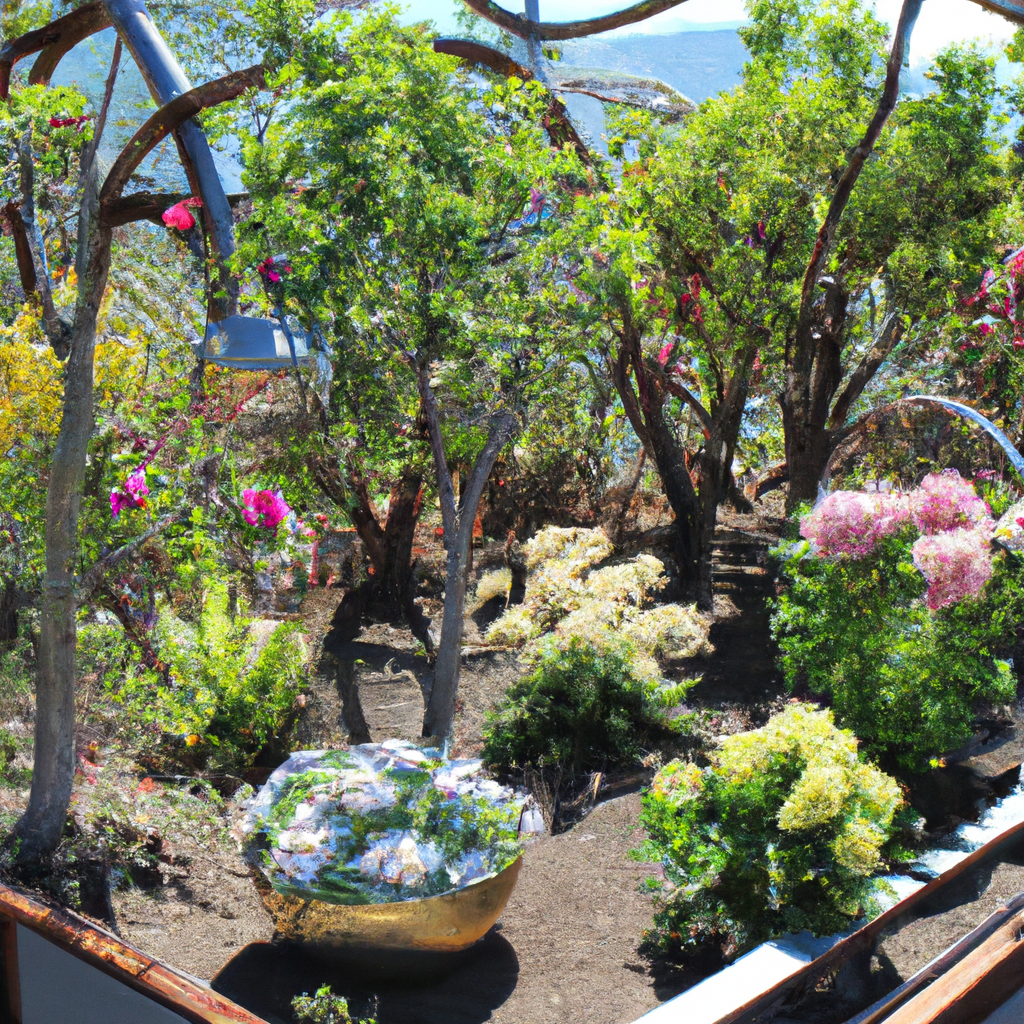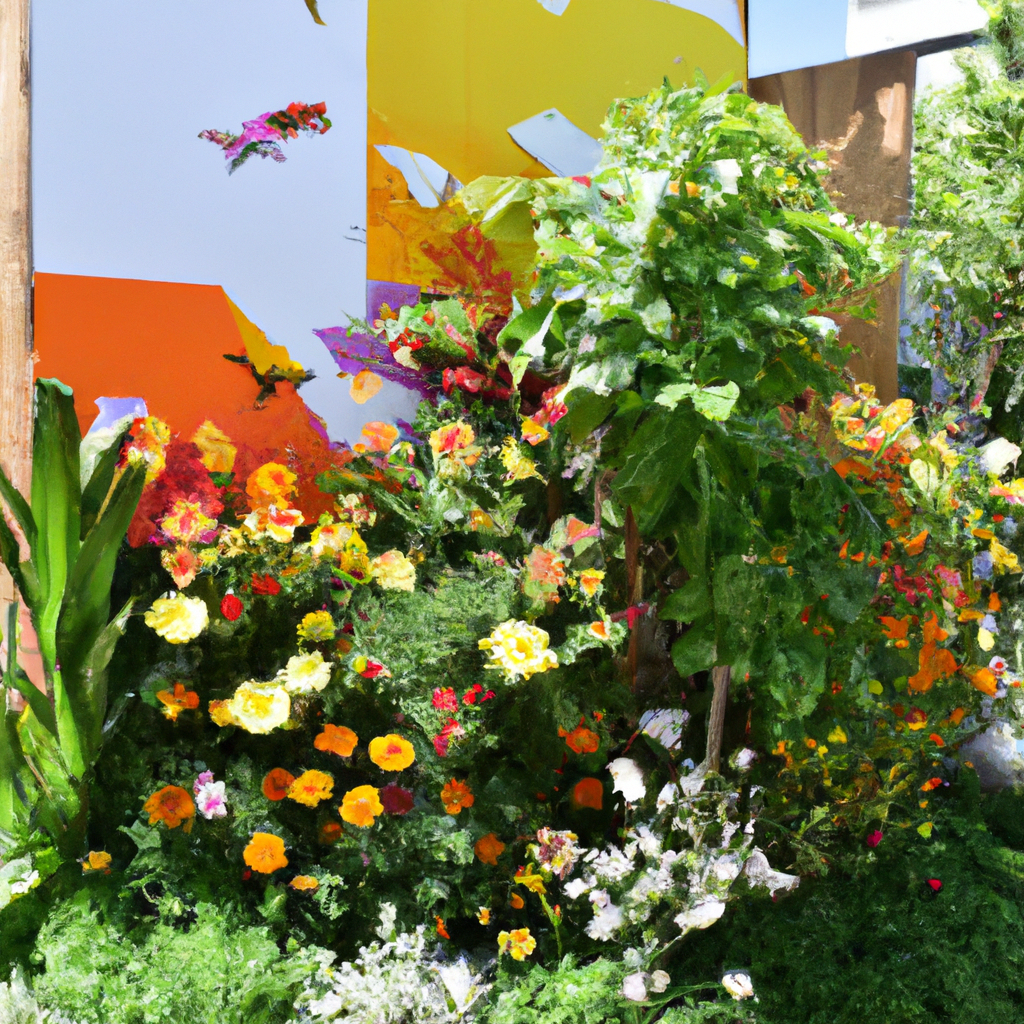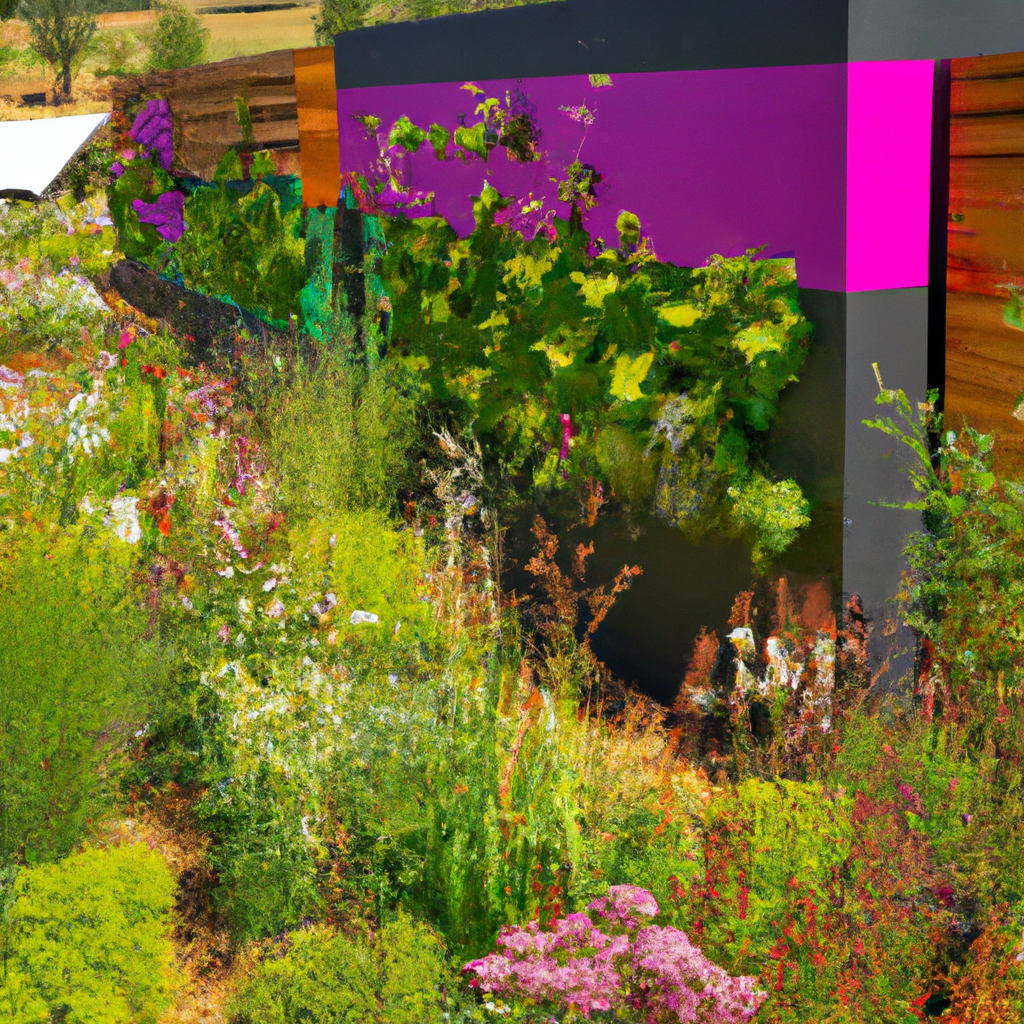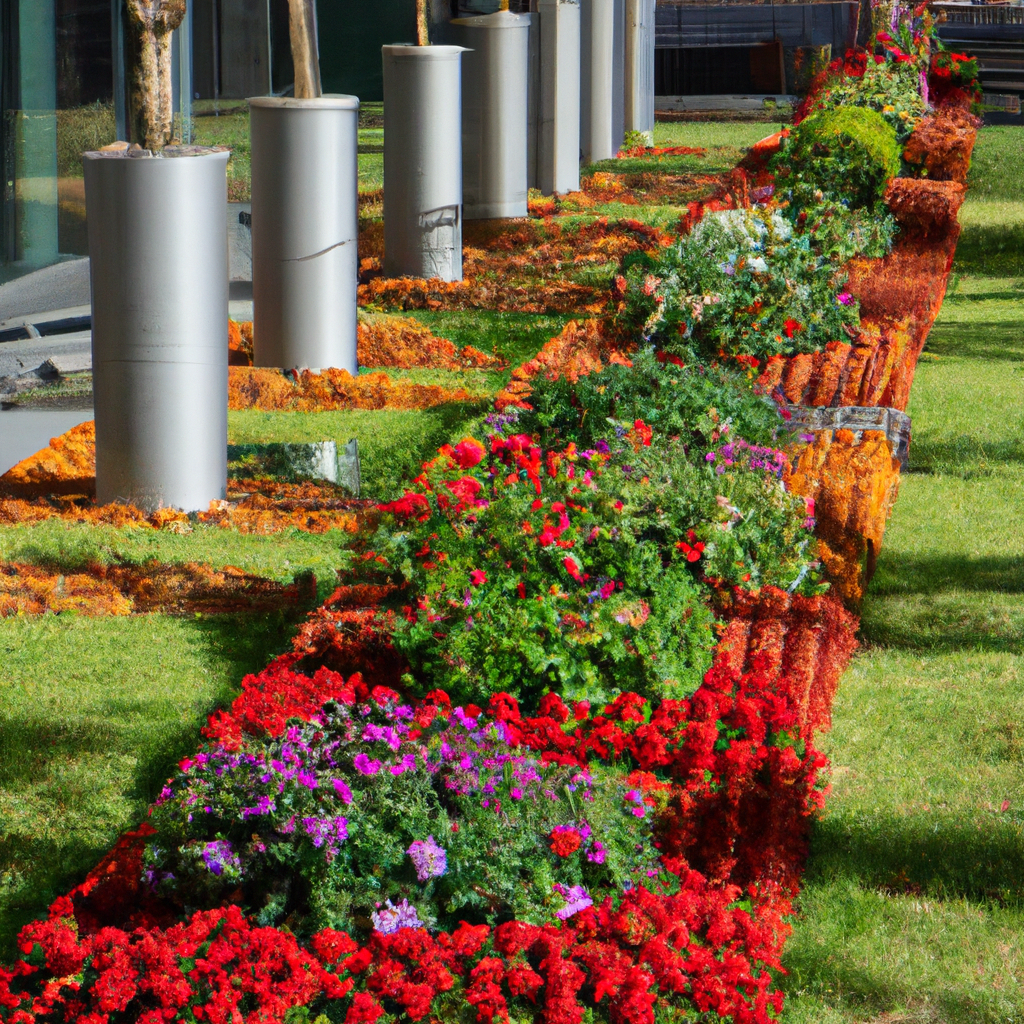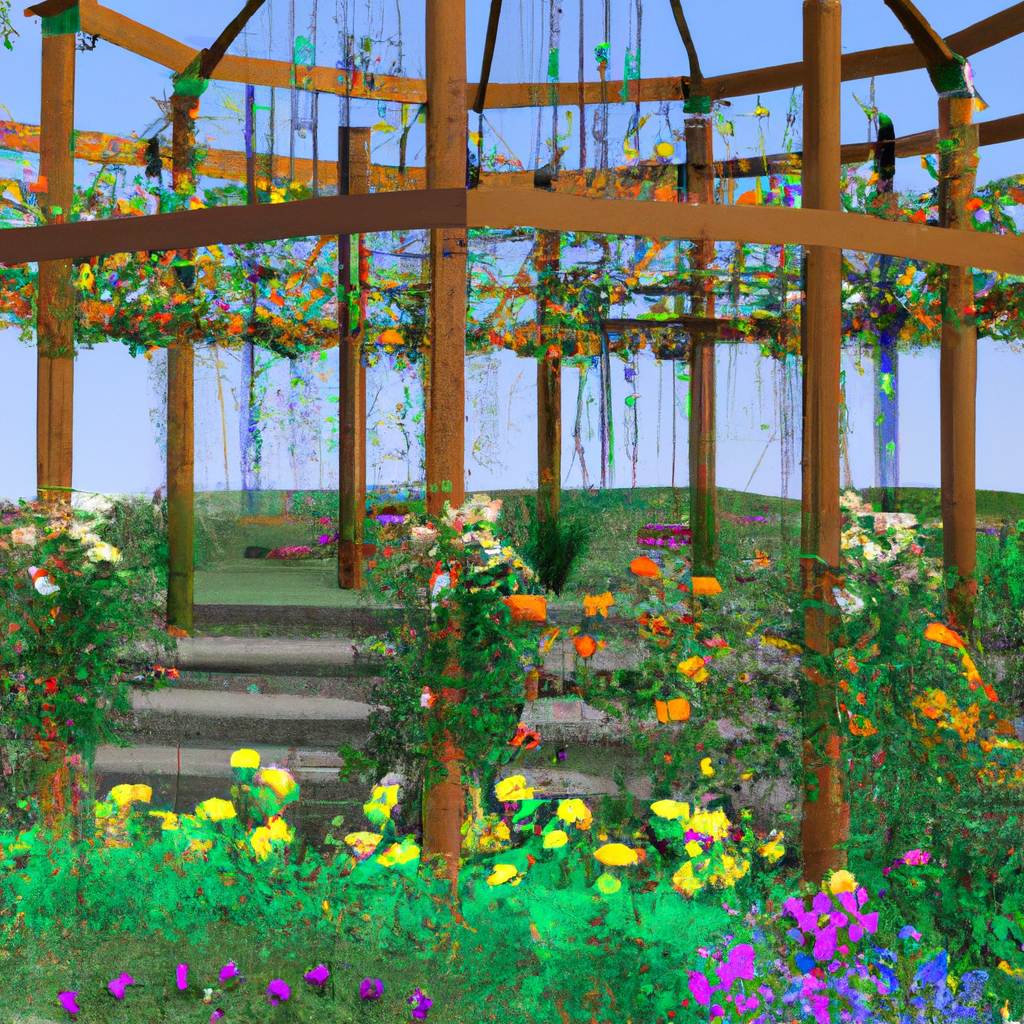[ad_1]
Introducción
Si estás buscando una manera de transformar tu jardín en un espacio único y atractivo, las piedras son una opción versátil y estética. Incorporar piedras en tu diseño paisajístico no solo añade un elemento natural, sino que también proporciona textura y estructura. Desde caminos de piedras hasta decoraciones, las posibilidades son infinitas. En este artículo, exploraremos ideas creativas y consejos prácticos para aprovechar al máximo las piedras en tu jardín.
1. Caminos de Piedras: Guía para Crear un Sendero Natural
Los caminos de piedras son una excelente manera de guiar la vista y los pasos a través de tu jardín. Aquí tienes algunas ideas para implementarlos:
- Piedras planas: Utiliza piedras planas de diferentes tamaños para crear un camino rústico y natural.
- Piedras de canto rodante: Esta opción aporta un aspecto más orgánico y suave, ideal para jardines informales.
- Piedras de colores: Incorpora piedras de diversos colores para crear un diseño más vibrante y llamativo.
Consejos para la Instalación
Al instalar un camino de piedras, considera los siguientes pasos:
- Define la ruta de tu camino.
- Excava un poco de tierra para nivelar.
- Coloca una base de arena o grava para mayor estabilidad.
- Instala las piedras según tu diseño y asegúrate de que estén firmes.
2. Jardineras de Piedras: Creando Espacios Verdes Únicos
Las jardineras de piedras son una forma innovadora de integrar plantas en tu jardín. Aquí te mostramos cómo hacerlo:
- Jardineras de piedra natural: Utiliza grandes bloques de piedra como contenedores para plantas.
- Piedras apiladas: Apila piedras de diferentes tamaños para formar jardineras elevadas.
- Jardineras de piedra decorativa: Crea diseños artísticos con piedras decorativas alrededor de las plantas.
Elección de Plantas
Elige plantas que se adapten bien a las condiciones de luz y humedad de tu jardín. Algunas opciones incluyen:
- Succulentas
- Plantas perennes
- Hierbas aromáticas
3. Decoraciones con Piedras: Detalles que Marcan la Diferencia
Las decoraciones con piedras pueden realzar cualquier espacio en tu jardín. Aquí hay algunas ideas:
- Esculturas de piedra: Agrega esculturas o fuentes hechas de piedras para un impacto visual.
- Piedras pintadas: Pinta piedras con diseños o mensajes y colócalas por todo el jardín.
- Muros de piedra: Construye muros de piedra para crear zonas de privacidad y separación en tu jardín.
Consejos de Estilo
Para un efecto armonioso, considera los siguientes consejos:
- Elige piedras que complementen tu estilo de jardín.
- Mantén una paleta de colores coherente.
- Integra elementos naturales, como madera y plantas, junto a las piedras.
4. Mantenimiento de Jardines con Piedras
El mantenimiento de un jardín con piedras es clave para preservar su belleza. Aquí tienes algunas recomendaciones:
- Deshierbe regular: Mantén el área libre de malas hierbas que puedan crecer entre las piedras.
- Limpieza de piedras: Lava las piedras periódicamente para eliminar el polvo y la suciedad.
- Revisión de plantas: Asegúrate de que las plantas estén saludables y recorta lo que sea necesario.
Conclusión
Transformar tu jardín con piedras es una manera efectiva de crear un espacio único y personal. Desde caminos de piedras hasta jardineras creativas y decoraciones, las posibilidades son infinitas. No dudes en experimentar y combinar ideas para lograr un diseño que refleje tu estilo personal. ¿Listo para comenzar tu proyecto de jardinería? ¡Sal y transforma tu espacio verde hoy mismo!
Contáctanos si necesitas más consejos o asesoría sobre jardinería y diseño de paisajes. ¡Estamos aquí para ayudarte!
Preguntas Frecuentes (FAQ)
¿Qué tipo de piedras son las mejores para jardines?
Las piedras más comunes son las piedras planas, las de canto rodante y las piedras decorativas. La elección dependerá del estilo que quieras lograr.
¿Cómo puedo evitar que crezcan malas hierbas entre las piedras?
Una buena opción es colocar una malla geotextil antes de instalar las piedras, lo que ayudará a prevenir el crecimiento de malas hierbas.
¿Es costoso transformar mi jardín con piedras?
El costo puede variar según el tipo de piedra y la complejidad del diseño. Sin embargo, con planificación y creatividad, puedes encontrar opciones asequibles.
¿Puedo combinar piedras con otros materiales en mi jardín?
¡Por supuesto! La combinación de piedras con madera, metal y plantas puede crear un diseño visualmente atractivo y equilibrado.
[ad_2]
